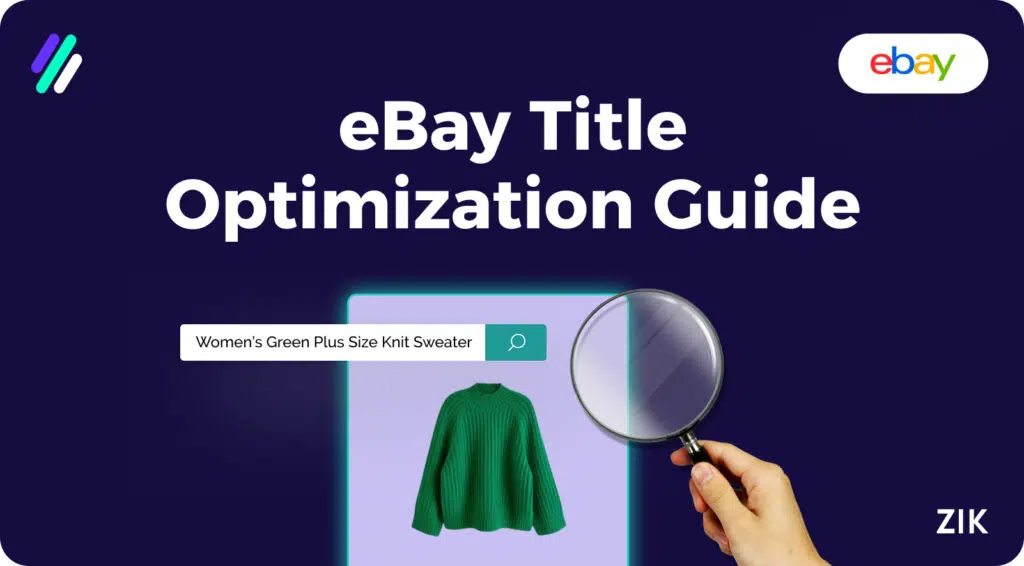Before you can make sales on your eBay store, first you need to make it easy for potential buyers to find your products (or store).The website generates an average of $10.5 billion in revenue per year with over 5% increase on a year-to-year comparison for 2020.
This is good news for eBay sellers because this means that you have the opportunity to get a chunk of those sales for your online business. However, there are over 1 billion active listings on the site.
How do you make your ebay listing stand out?
eBay title optimization allows you to create effective eBay listings. Mastering the art of eBay SEO to capitalize on the eBay search algorithm is the secret to good eBay product listings that convert!
In this guide, you will learn the strategies on creating the perfect eBay titles that generate sales.
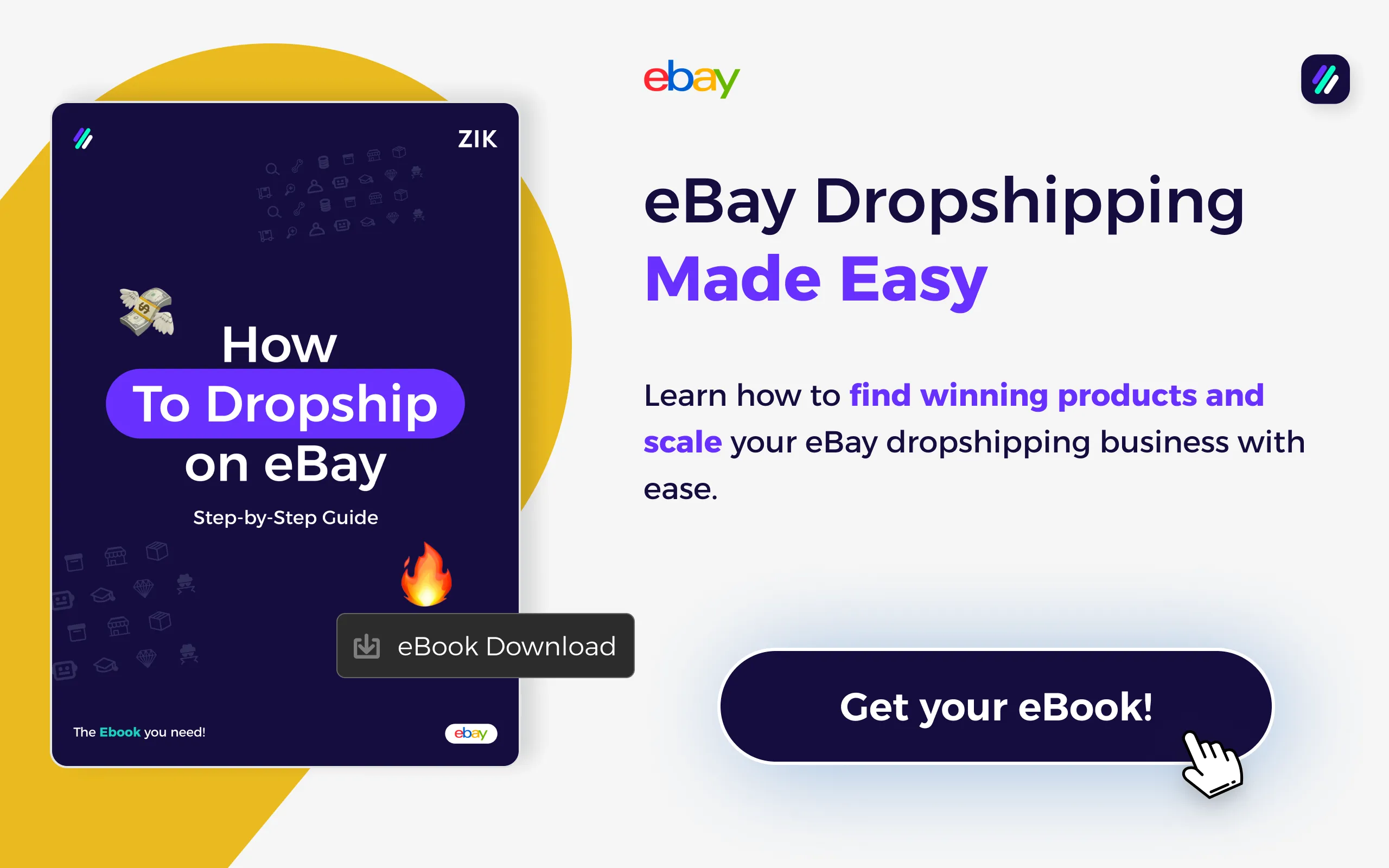
Step 1: Use an eBay Title Builder Tool.

Before you learn the strategies of creating optimized product titles on eBay, first you have to find a tool that does the work for you.
ZIK Analytics is one of the best tools around to help you target the best products and find the search terms to match what your target audience are searching for.
To get started, launch the app and go to the eBay Title Builder. Prior to using this feature, make sure to adjust the setting correctly to ensure that your listing titles are targeted for your intended audience.
This nifty tool also allows you to do keyword research within the tool itself so you can add keywords that are suited for your product listings.
To start with you must input a generic keyword that will define the category of the product you are listing.
The Title Builder tool will generate two sets of keywords for you to use: long-tail keywords and generic keywords.
The long-tail keywords are what you need to focus on for listing optimization since it allows you to focus on more specific items for a better match.
Meanwhile, the generic keywords consist mostly of a single word so it is more difficult to optimize for your products.
The keywords are not the only ones you should be focusing on here. The eBay Title Builder tool by ZIK Analytics also provides useful metrics for each of these keywords: the average searches, competition, and sales.
You need to focus on the competition and the sales for a results-driven approach to optimizing the product titles on eBay.
The sales metrics will tell you that buyers who are searching for these products on eBay ended up completing the buying journey.
Step 2: Use the right keywords.
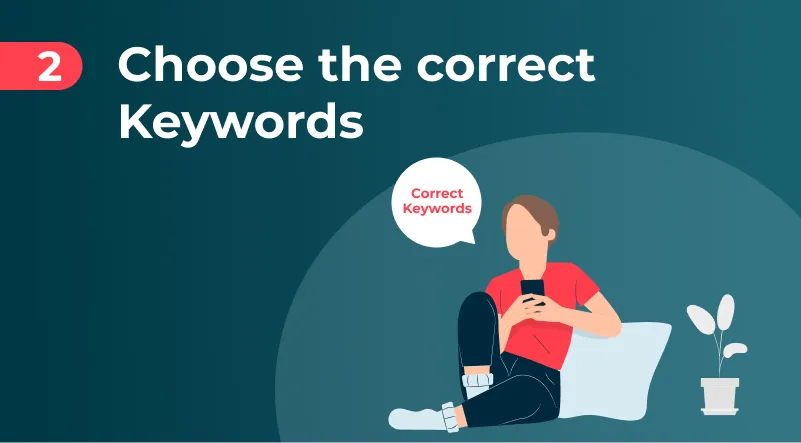
Choosing the right keywords can spell the difference between getting more views on your listings versus increasing your conversion rate.
As mentioned above, you can use the ZIK Analytics tool to conduct keyword research that will enable you to identify the best keywords to use on your optimized titles.
However, the right keywords are the ones that will bring in the sales.
So, how does this work?
First, you need to put yourself in the shoes of the buyers. Most eBay buyers will put in a generic keyword on the eBay search bar and the search engine will scour the eBay product listings to find the best match for that keyword.
eBay’s search engine also gives buyers the option to perform an Advanced Search. This search function not only allows the buyer to specify the category of the product they are looking for, but also other details such as the color, size, and the condition of the products.
Many savvy eBay buyers use this search function to find exactly what they are looking for and filter through the non-relevant search results.
This is an important detail to consider when optimizing titles for eBay search results. You have to target your listing title to reflect the item specifics rather than settling for the bare minimum.
For example, instead of writing your eBay title as “women’s sweater”, you have to incorporate the main keyword and other relevant information and keywords.
Therefore, you can increase conversions if your optimized title shows up in the search results. A good example of an optimized title is: “Women’s Green Plus Size Knit Sweater”.
In comparison to the above title, your listing will appear in more relevant searches for anyone looking specifically for a green sweater, a plus size sweater, or a knit sweater.
Step 3: Check out your competitors.

Doing a competitive analysis is also a good way to optimize your product titles for eBay’s search engine.
You can look at how your competitors write their product titles so you can have a better idea on what to incorporate into your products for improved conversion.
This is a good approach to use when your competitors are generating more sales for the same product.
If you don’t have a particular competitor in mind, you can do a quick search on eBay for your targeted keywords.
Check out the top products that show up on the search results. Examine closely their eBay SEO strategy for writing their titles and listing descriptions.
Step 4: Optimize and avoid keyword stuffing.
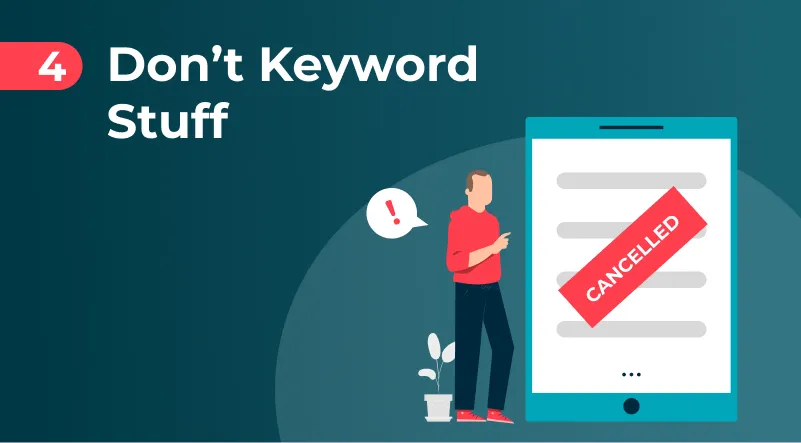
As per eBay rules, you can use up to 80 characters on the product titles for eBay sellers. Since you have a limited amount of space to work with, it is important that you choose your relevant keywords carefully.
The way you use those keywords will also spell the difference in your ability to attract more buyers.
Using the strategy recommended above, pick out the top keywords that you can add to the listing title. Make sure those keywords are descriptive enough so that the buyers will be able to know what products you have to offer.
Make it concise but informative.
Keyword stuffing should be avoided at all times. Just because you can use up to 80 characters for your eBay titles does not mean that you should stuff every keyword you can fit in there.
Keyword stuffing is one of the worst things you can do to your eBay SEO strategy. If you do that, it can cause the customer satisfaction level to drop significantly because the text makes it difficult for the buyers to read.
Stuffing keywords can also raise red flags and result in poor rankings on the eBay search engine.
The eBay rules state that you must only use up to 7% in keyword density. Even if you are optimizing your eBay titles, your goal should be to make it easy for human readers to understand.
Pick out only the most important keywords to improve your rankings on eBay’s search results.
Step 5: Use the keywords to optimize product listings titles and descriptions.
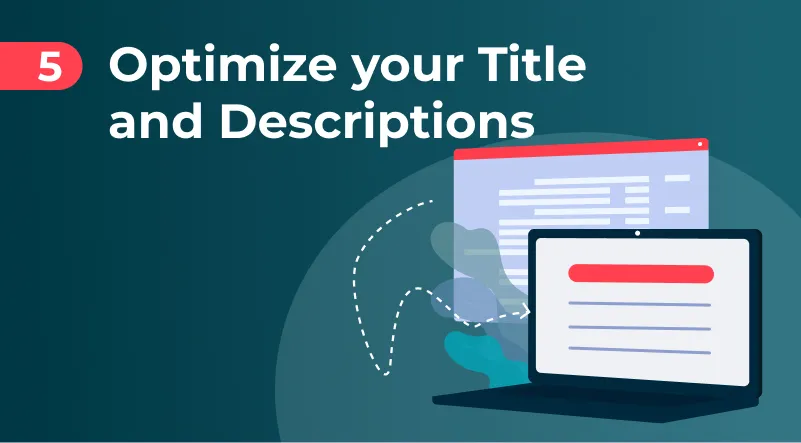
The use of keywords is not only limited to the eBay title. It is important to use the keywords on the listing descriptions, as well.
The eBay search algorithm follows a structured data that analyzes the information provided in the item category, item description, item specifics, and the identifiers.
Therefore, it is important to optimize all aspects of your listings and not just your titles. The detailed information you provide will be evaluated by the search engines and your rankings will be determined accordingly.
Aside from the descriptions, you must also add high quality images (or video, if necessary) to your listings. According to eBay reports, an eBay listing that comes with high quality photos will be selling five times more than those without.
You can upload up to 12 high-quality images to go with your eBay listing. This is a great opportunity to showcase the products you are selling from every angle to make it more appealing to your buyers.
Make sure to include close-up images of your products, too.
You should also add unique identifiers to your eBay listing whenever applicable. Unique identifiers are unique codes, such as a model number, ISBNs, MPN, or UPCs.
You don’t need to add this to the eBay title; the listing description will do. Using identifiers for your eBay title listing and product description is important because it helps your buyers authenticate the product before they buy it.
These identifiers help ensure that they have chosen the product they are looking for. It is a minor detail that you can add to your eBay product listings, but it can have a significant impact on the sales performance.
It’s also great to keep in mind that not all eBay buyers are on desktops; some are on mobile. So, it’s always a great idea to make your eBay listing mobile-friendly for these types of buyers.
Click to download your free eBook and jumpstart eBay dropshipping todayConclusion
There is a lot of potential for sales if you start an eBay online business. However, you must acknowledge that there is a stiff level of competition for your target audience.
Creating eBay titles that are optimized with relevant keywords will help put your products on top of eBay’s search engines.
Employing keyword tools and title builders can help you create a good eBay listing that puts your items in front of other stores that sell the same product.
Remember to study the best practices for selling on eBay, especially with the selection of important keywords and knowing the right way to use those keywords.
If you haven’t considered listing optimization as part of your strategy for selling on eBay, now is the perfect time to get started.
It might as well be what you need to get more sales to your sellers account on eBay.
The good thing about increasing conversions from your ebay listings is that the more sales you can generate, the higher your products are going to get ranked.
The eBay algorithm also puts relevance to the amount of engagement that eBay listings get.
Therefore, the more action is taken on certain eBay titles and product listings, the more positive the feedback you can get for those listings. It triggers a continued cycle of growth for your online business.
Create Winning Titles with ZIK’s Title Builder Tool
Want your listings to rank higher and sell faster? Use ZIK’s eBay Title Builder Tool to craft keyword-optimized eBay titles that convert. Instantly discover high-converting long-tail and generic keywords backed by real sales and competition data. Build titles that attract more clicks, match buyer intent, and dominate eBay search rankings.
FAQs on Optimizing eBay Titles
How do I optimize my eBay listing title?
Start with keyword research to find popular search terms buyers use. Incorporate these into your title naturally, focusing on relevance. Use subtitles for supporting keywords, and enhance visibility with high-quality images, alt tags, and descriptive text to make listings easier to find in eBay search results.
How does SEO work for eBay?
eBay’s search engine matches buyer queries with relevant listings, similar to Google. Optimize your title, descriptions, and alt tags with targeted keywords. Providing detailed item specifics and accurate descriptions helps eBay understand your listing better, improving its chances of appearing higher in relevant search results.
How do I increase my eBay conversion rate?
Optimize titles and descriptions to attract clicks and buyers. Test different listing formats, run promotions or offer free shipping, and use sponsored listings for more visibility. Ensure competitive pricing, strong visuals, and excellent customer service to encourage purchases and increase your overall sales conversion rate.
What is the best time to list on eBay?
List between 8 PM and 1 AM Eastern time for maximum exposure, as traffic peaks during these hours. Sunday evenings are also highly effective for boosting visibility and conversions, making them a prime time to schedule your product listings for better performance.
What’s a good sales conversion rate on eBay?
Conversion rates vary by niche, but 2–5% is generally considered good. Even small increases in this rate can significantly improve total sales. Track your performance regularly, experiment with optimizations, and adjust your strategy to maintain or improve your conversion rate over time.
Can you use hashtags in eBay listings?
Hashtags don’t improve eBay search rankings, but they can be useful when promoting listings externally, such as on Twitter. Focus on keywords for on-platform SEO, and use hashtags only for social media promotion to reach a wider audience beyond eBay.













